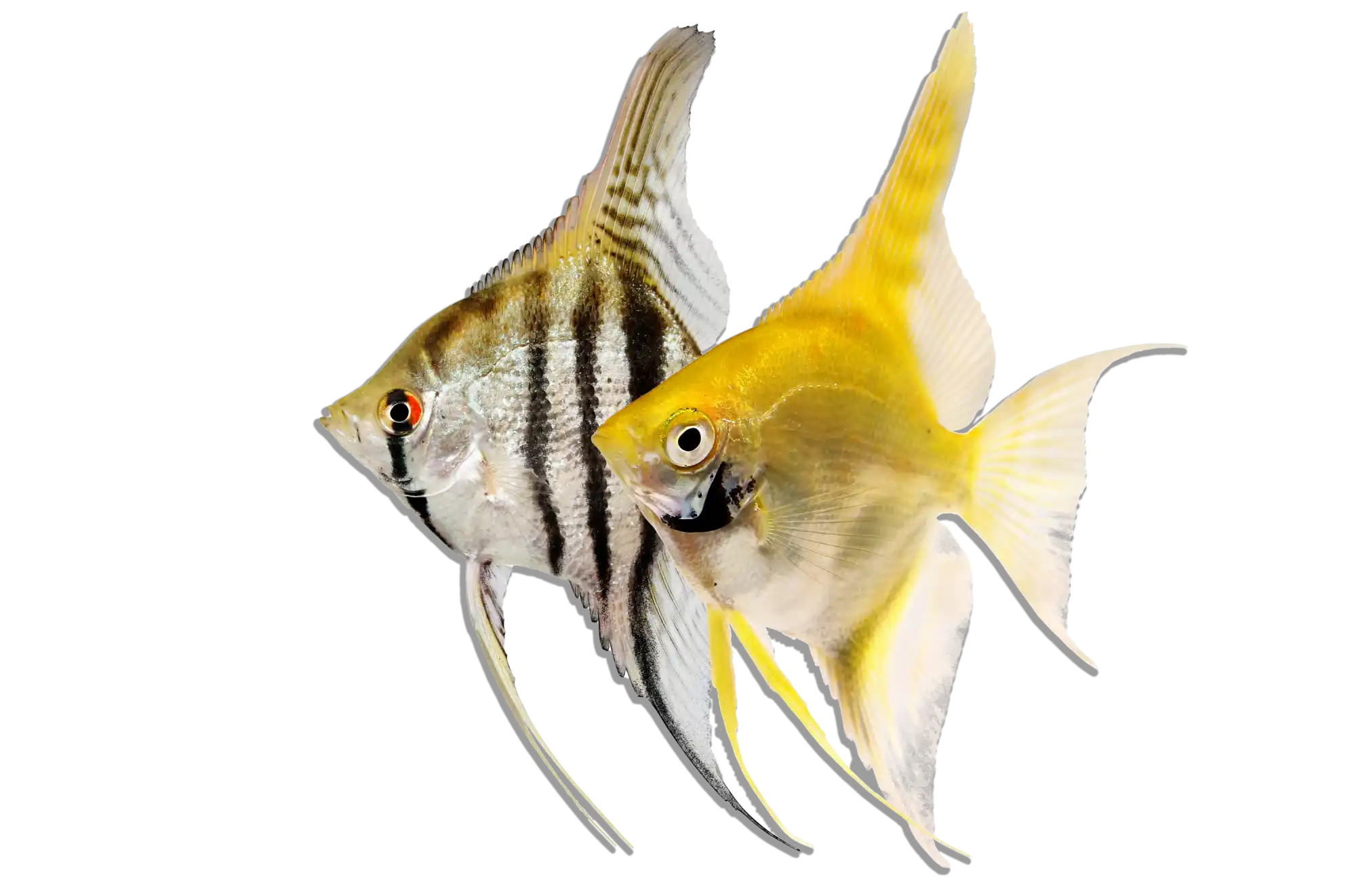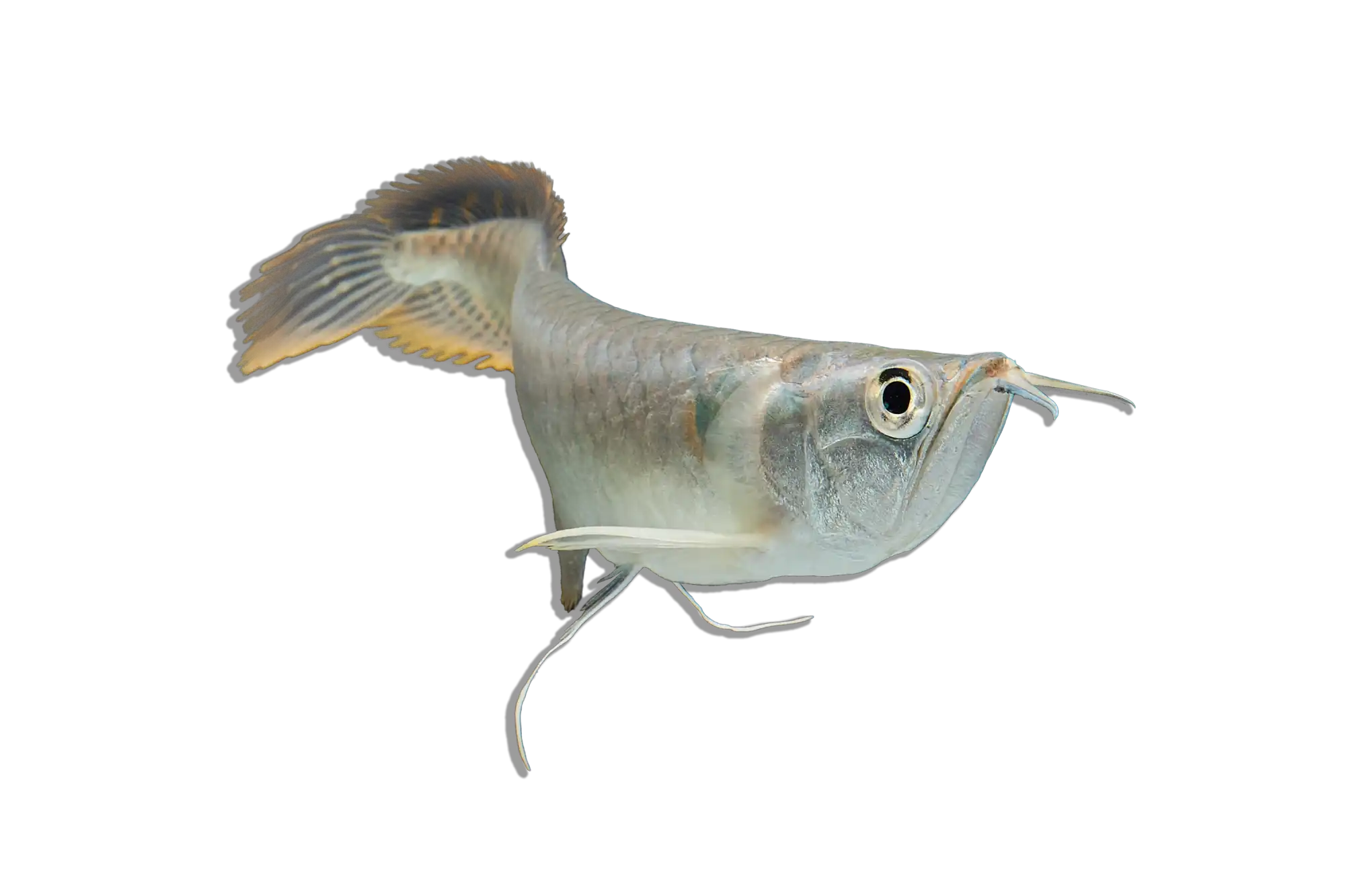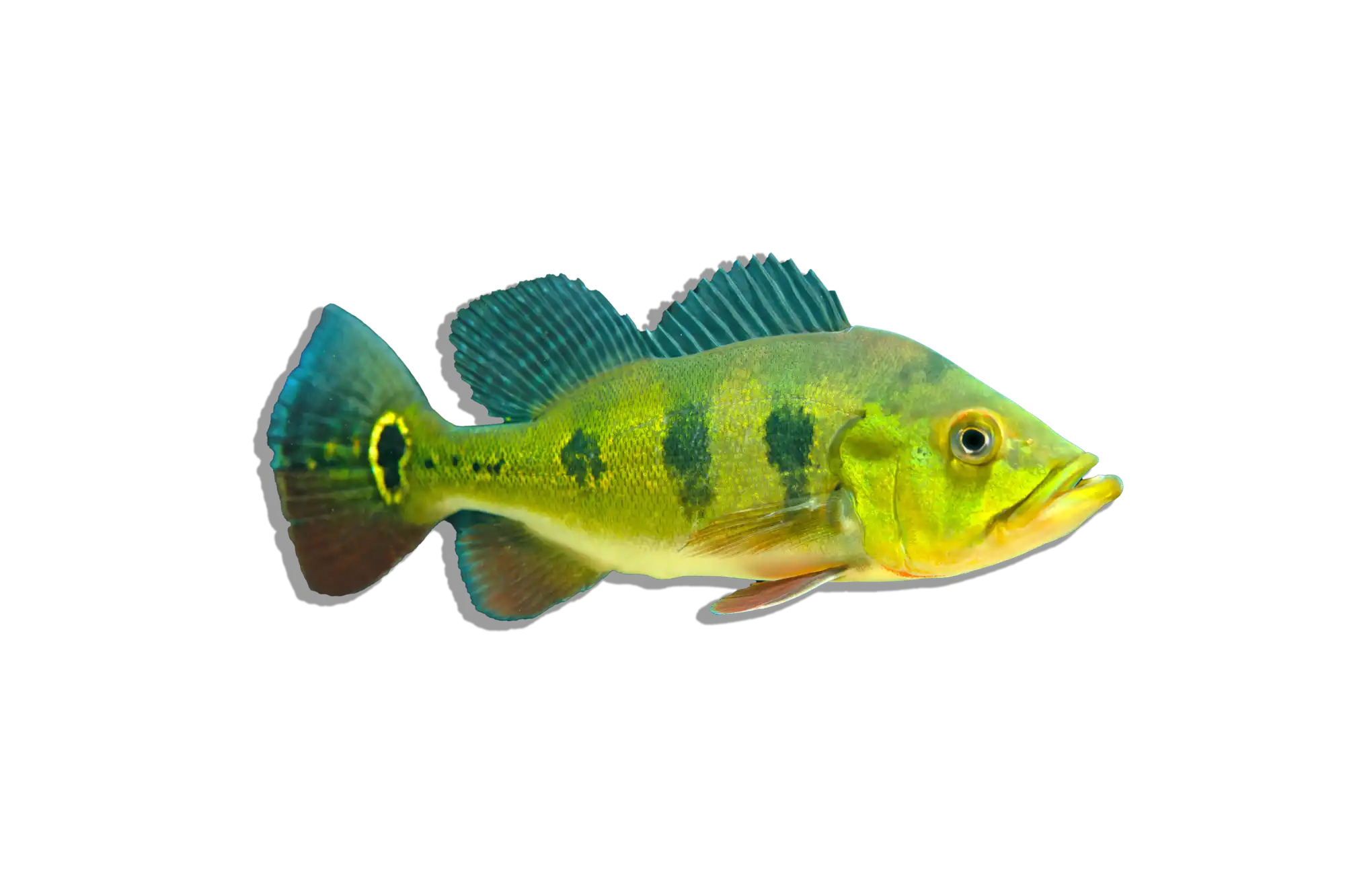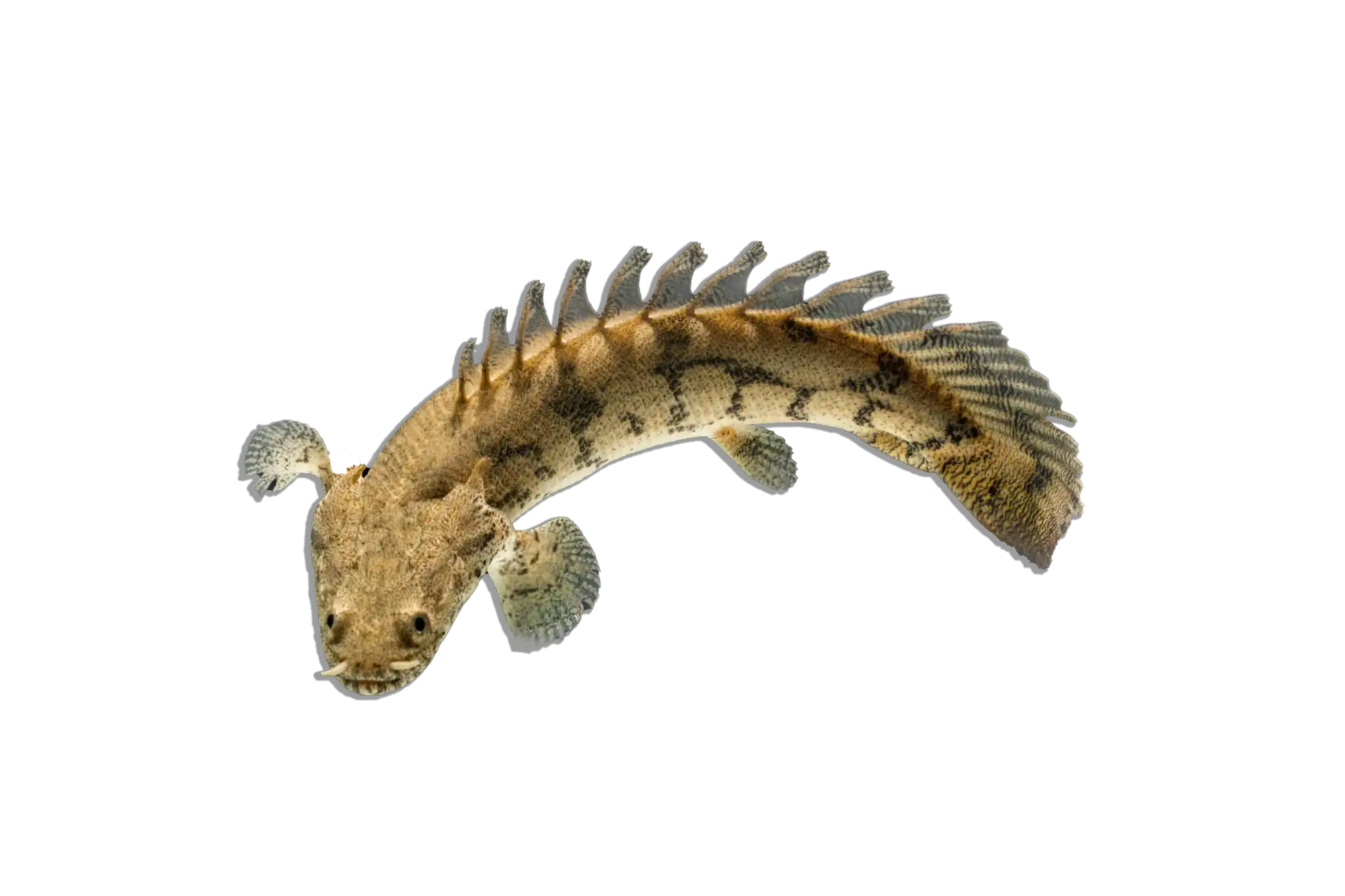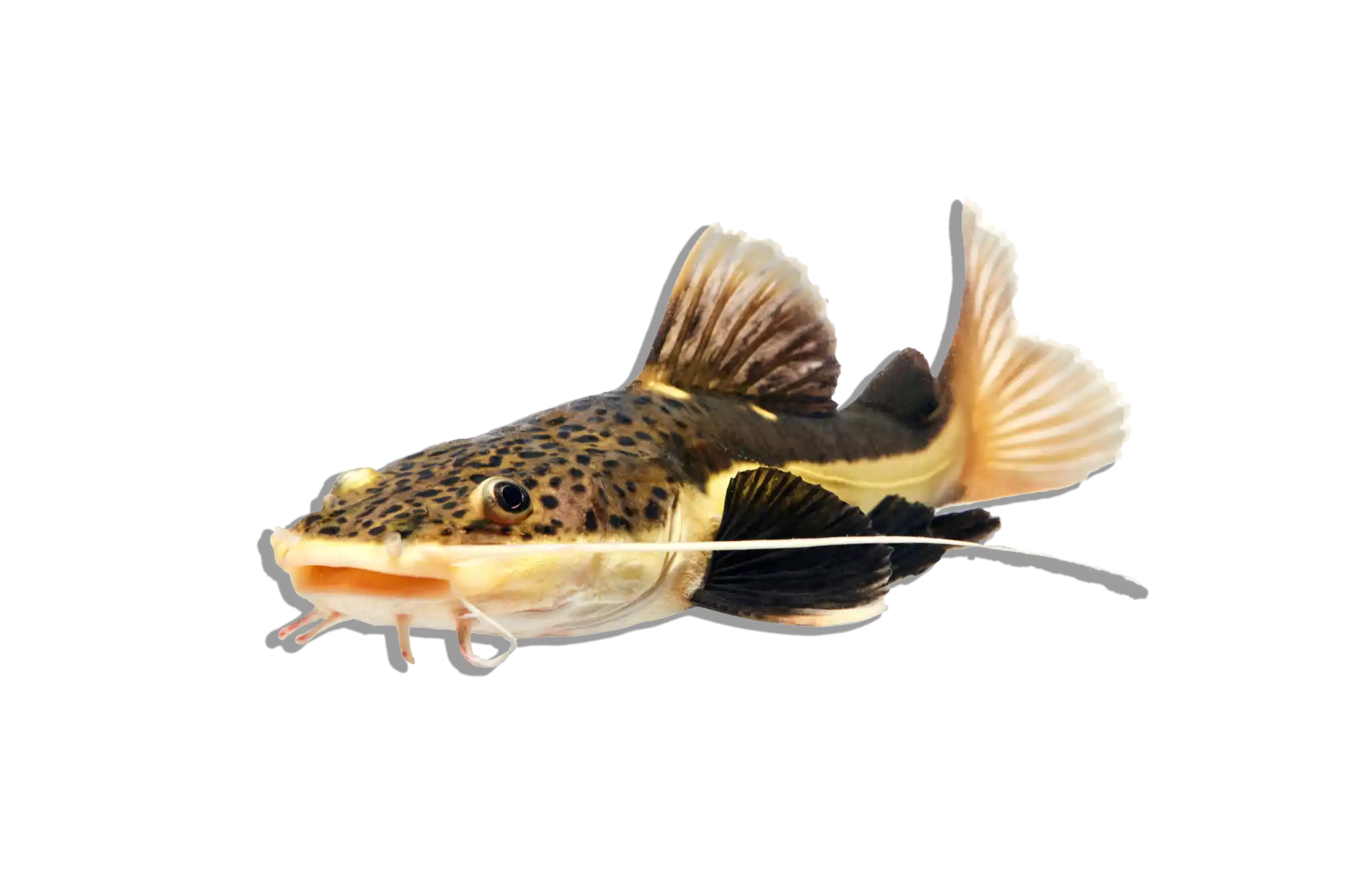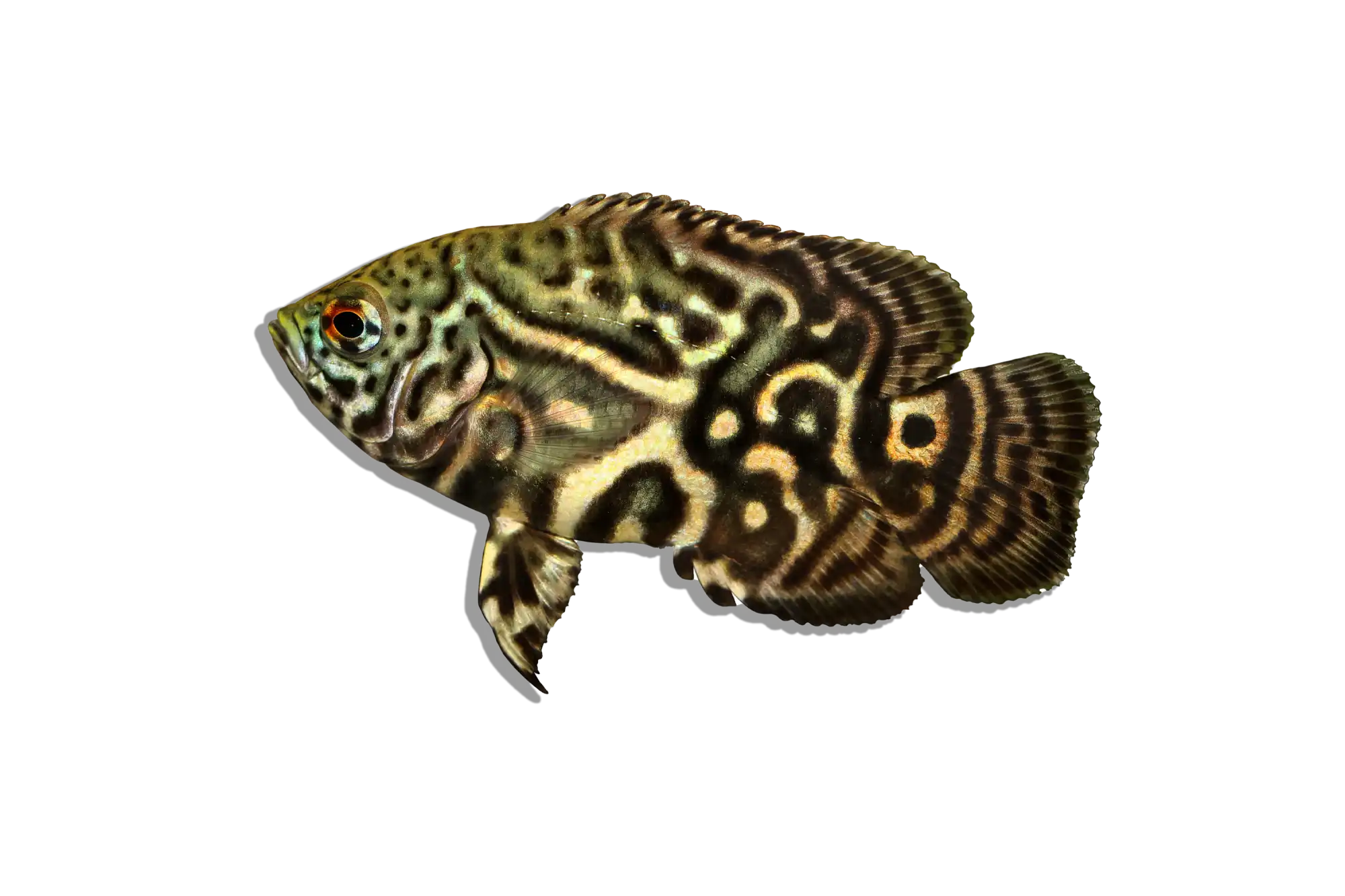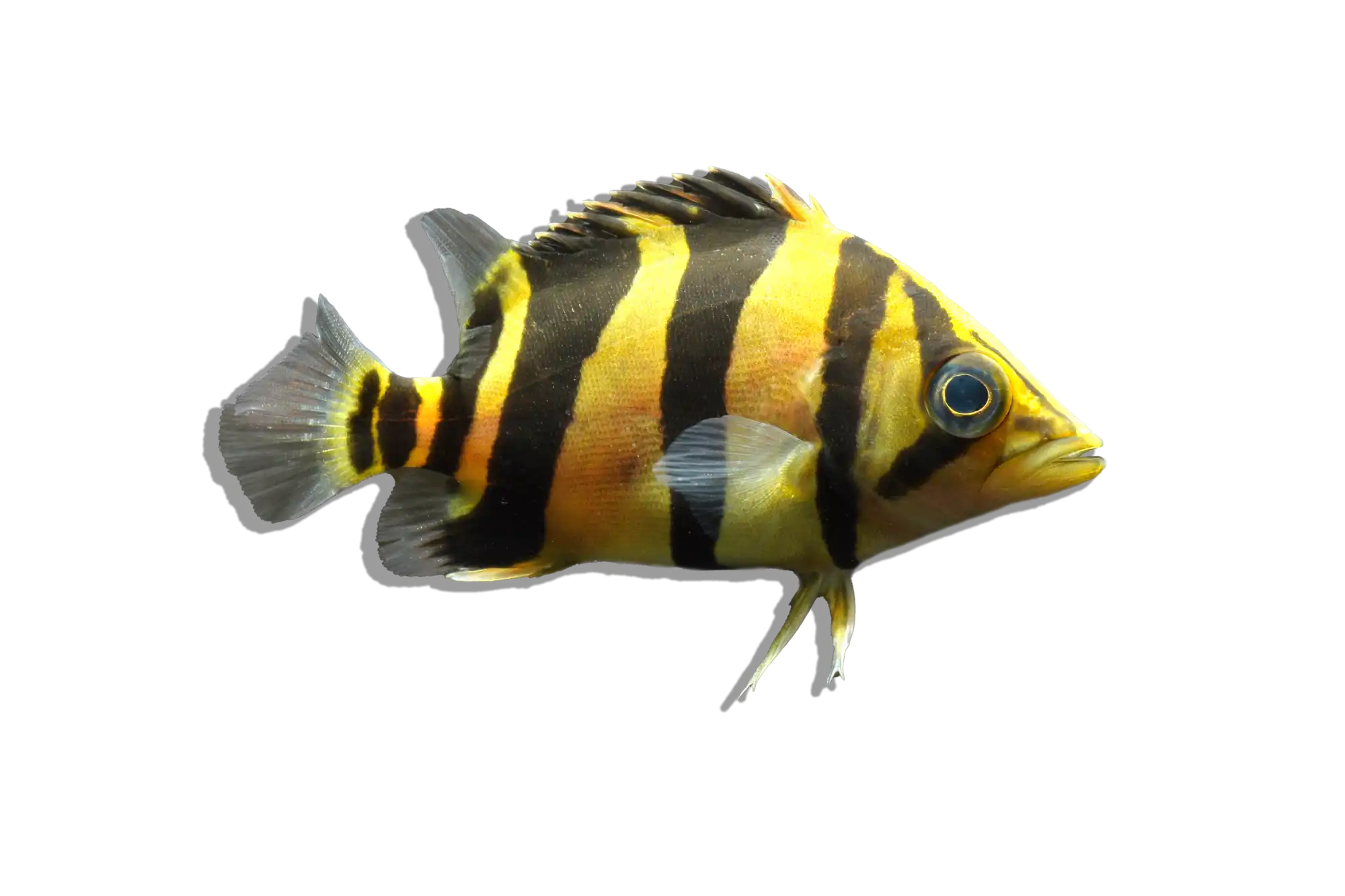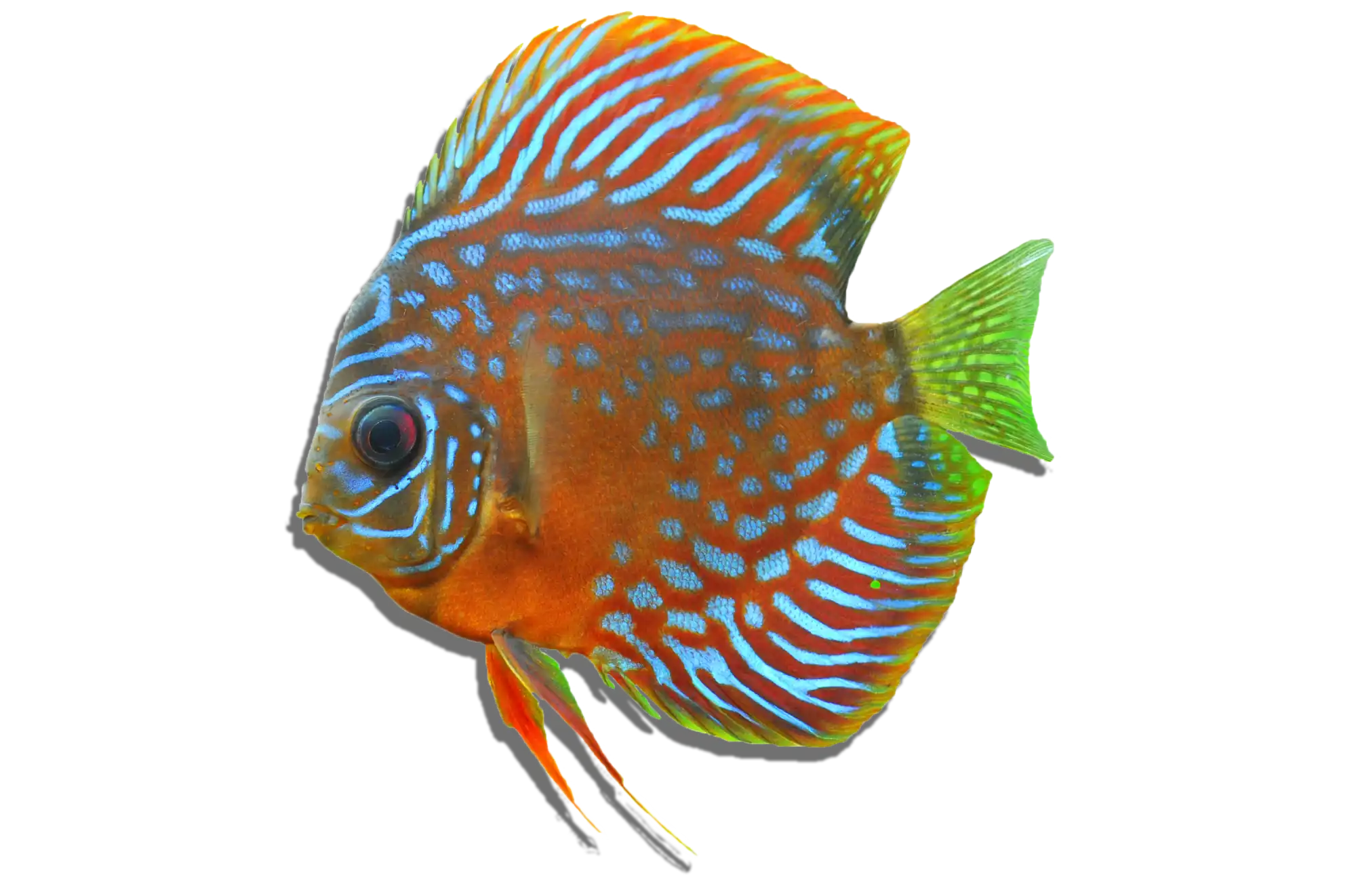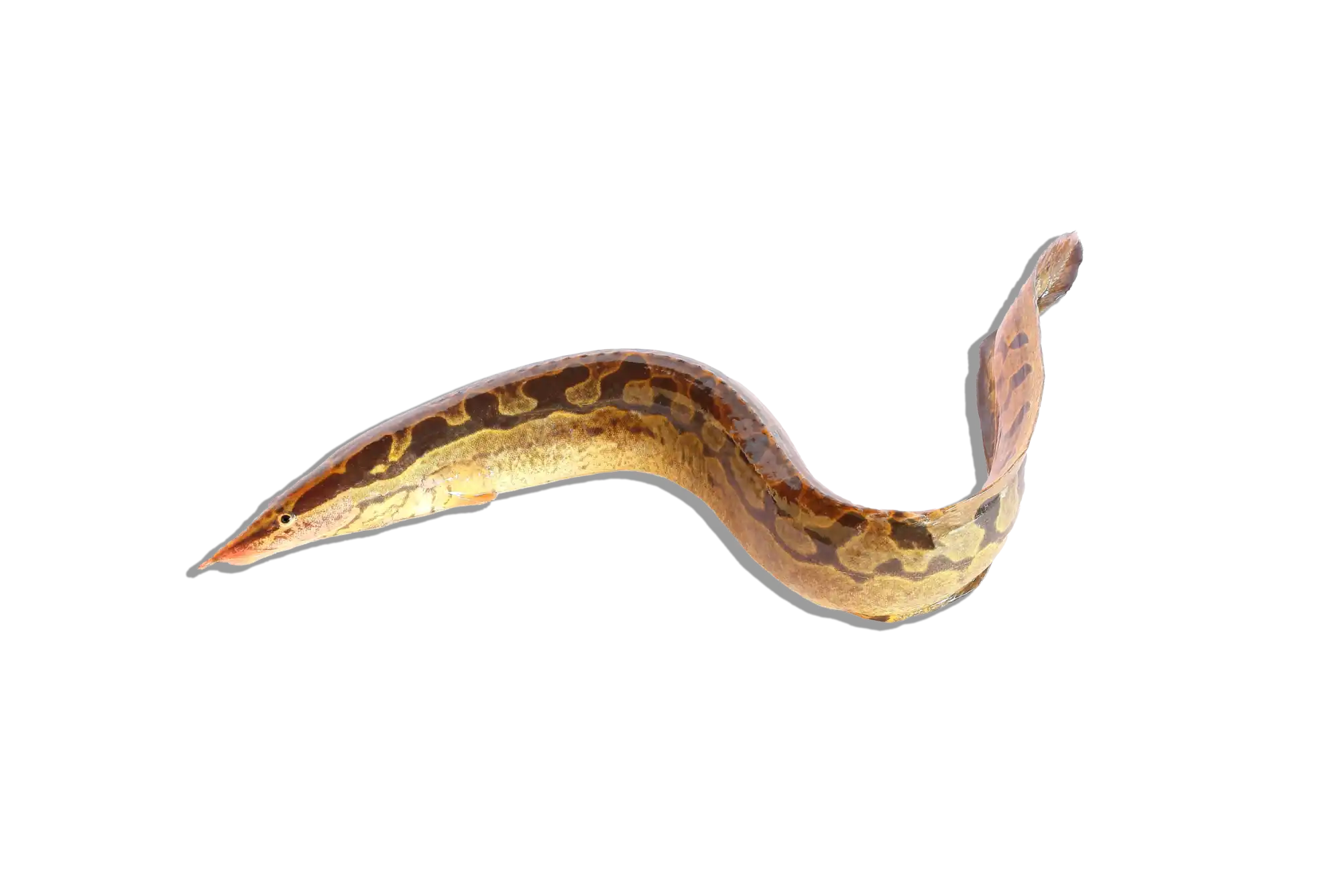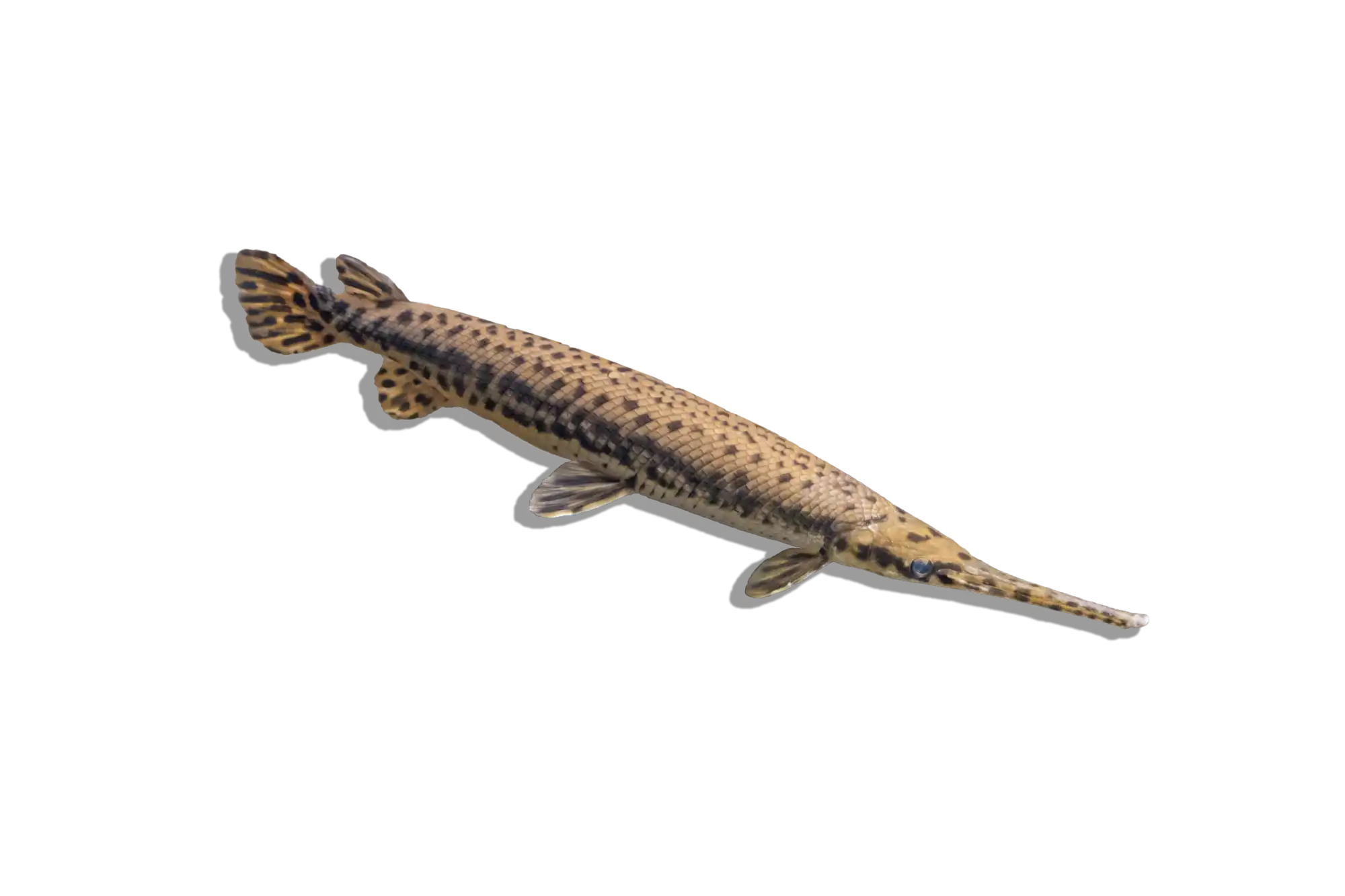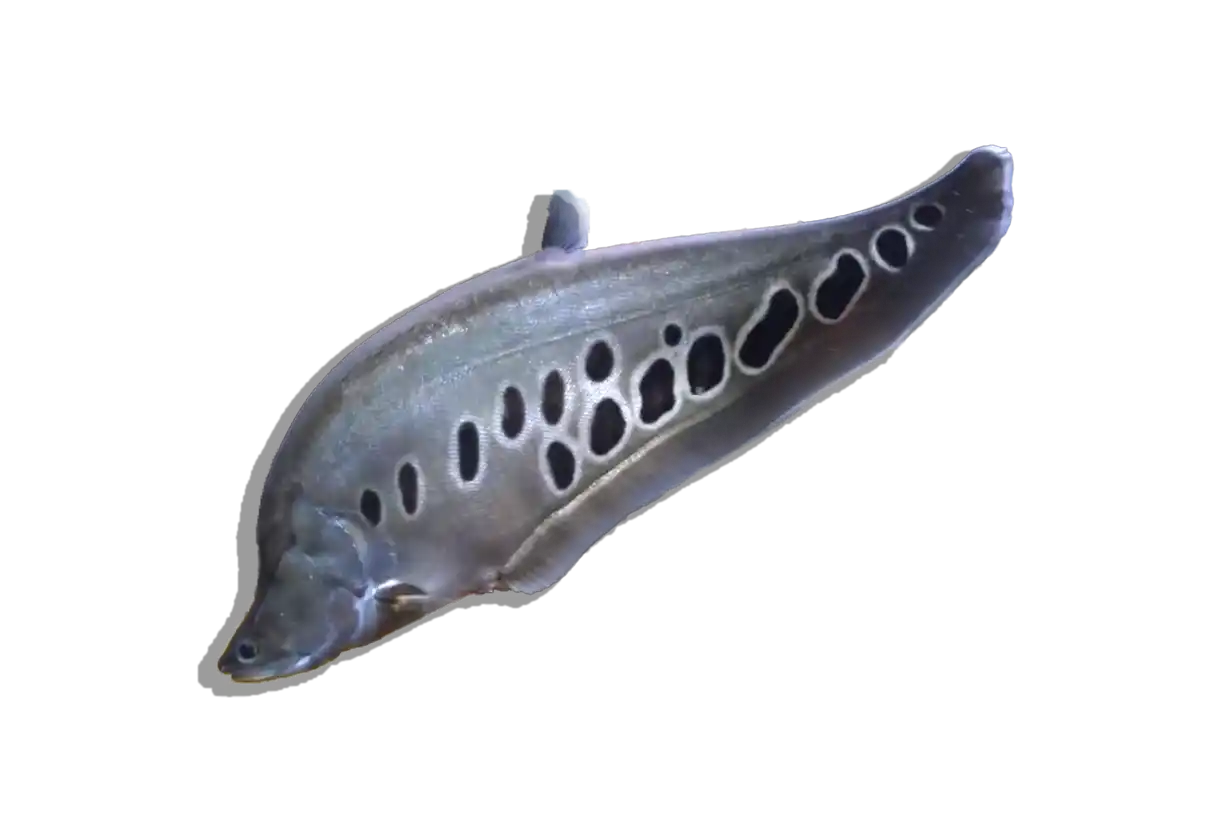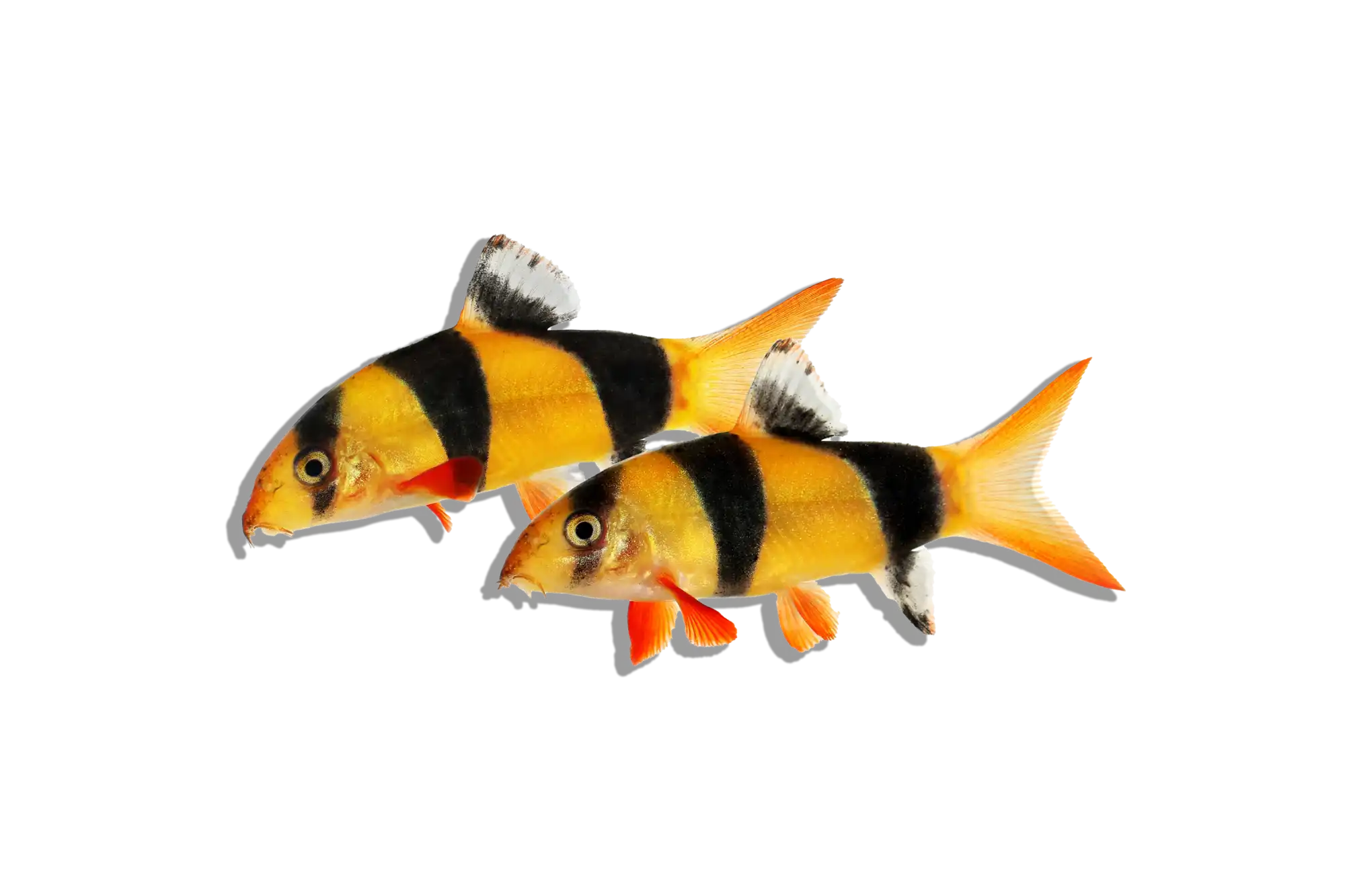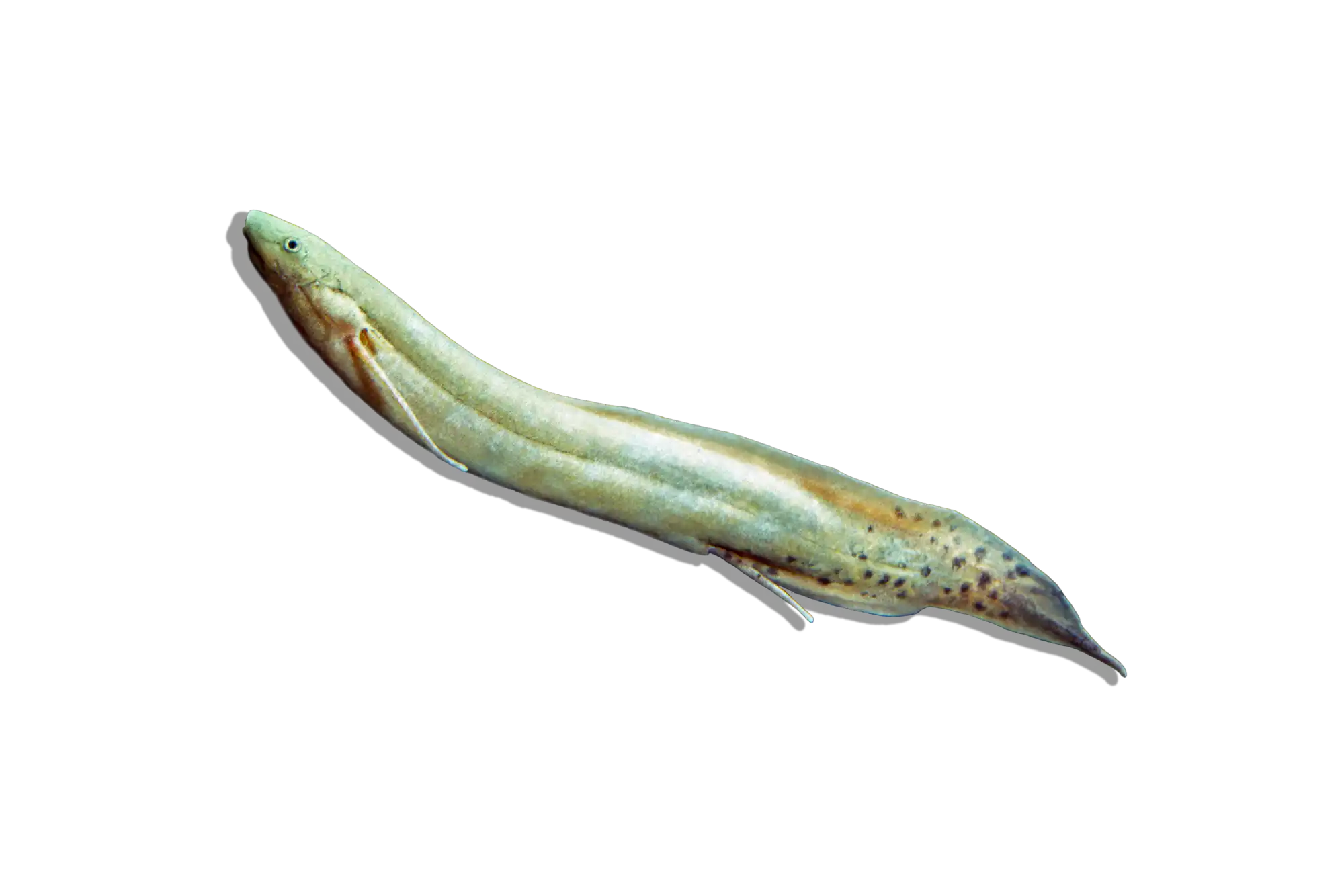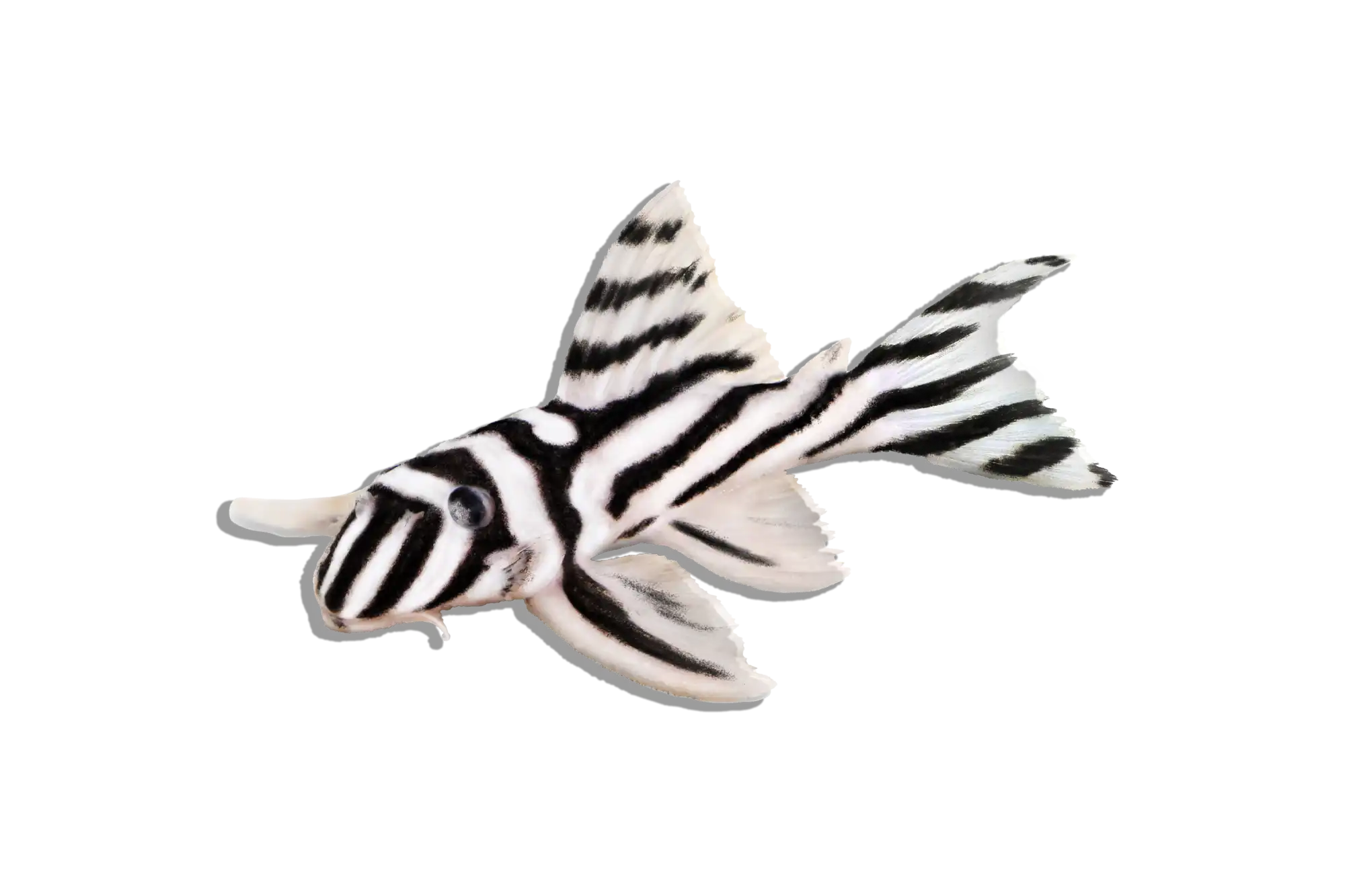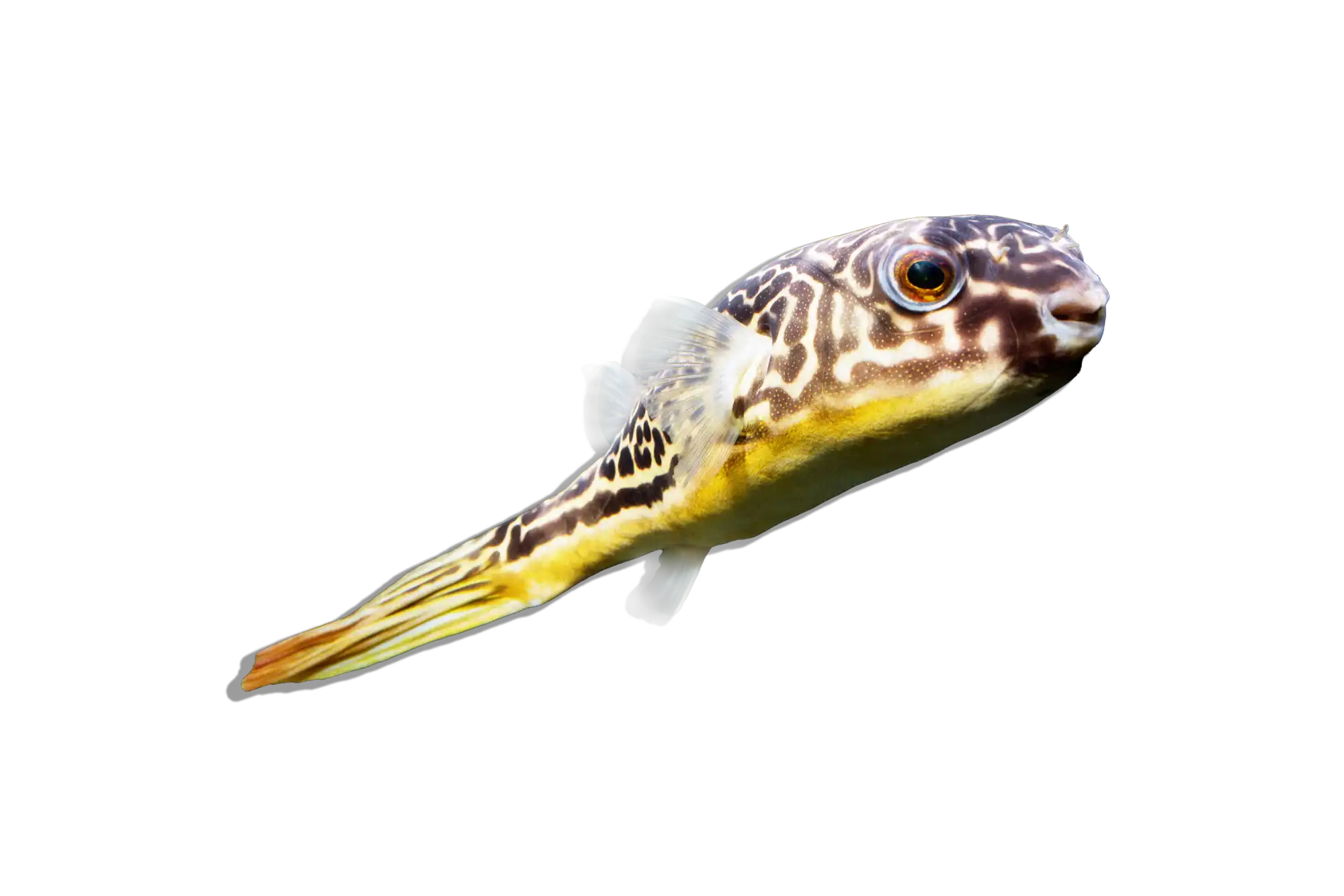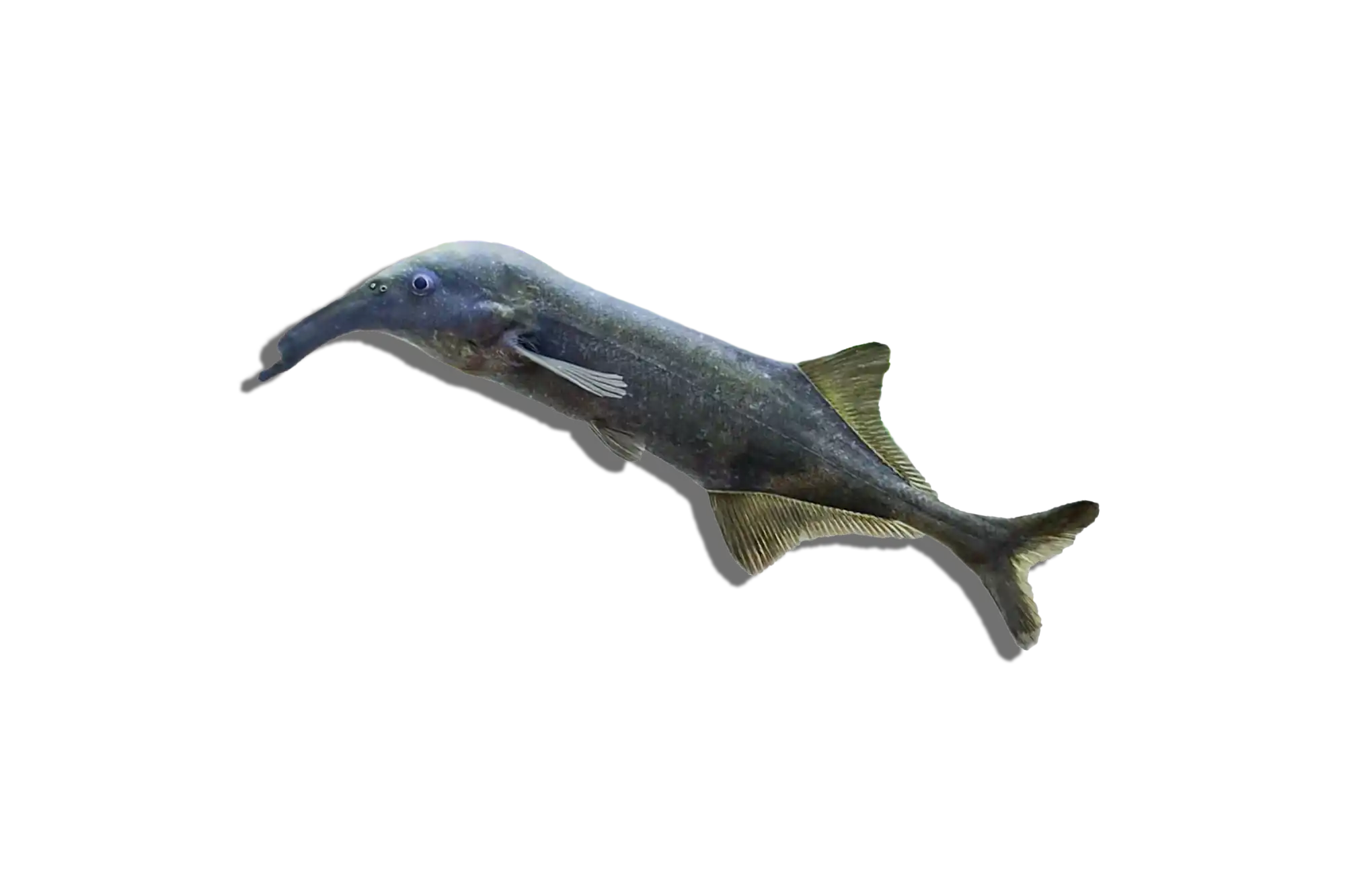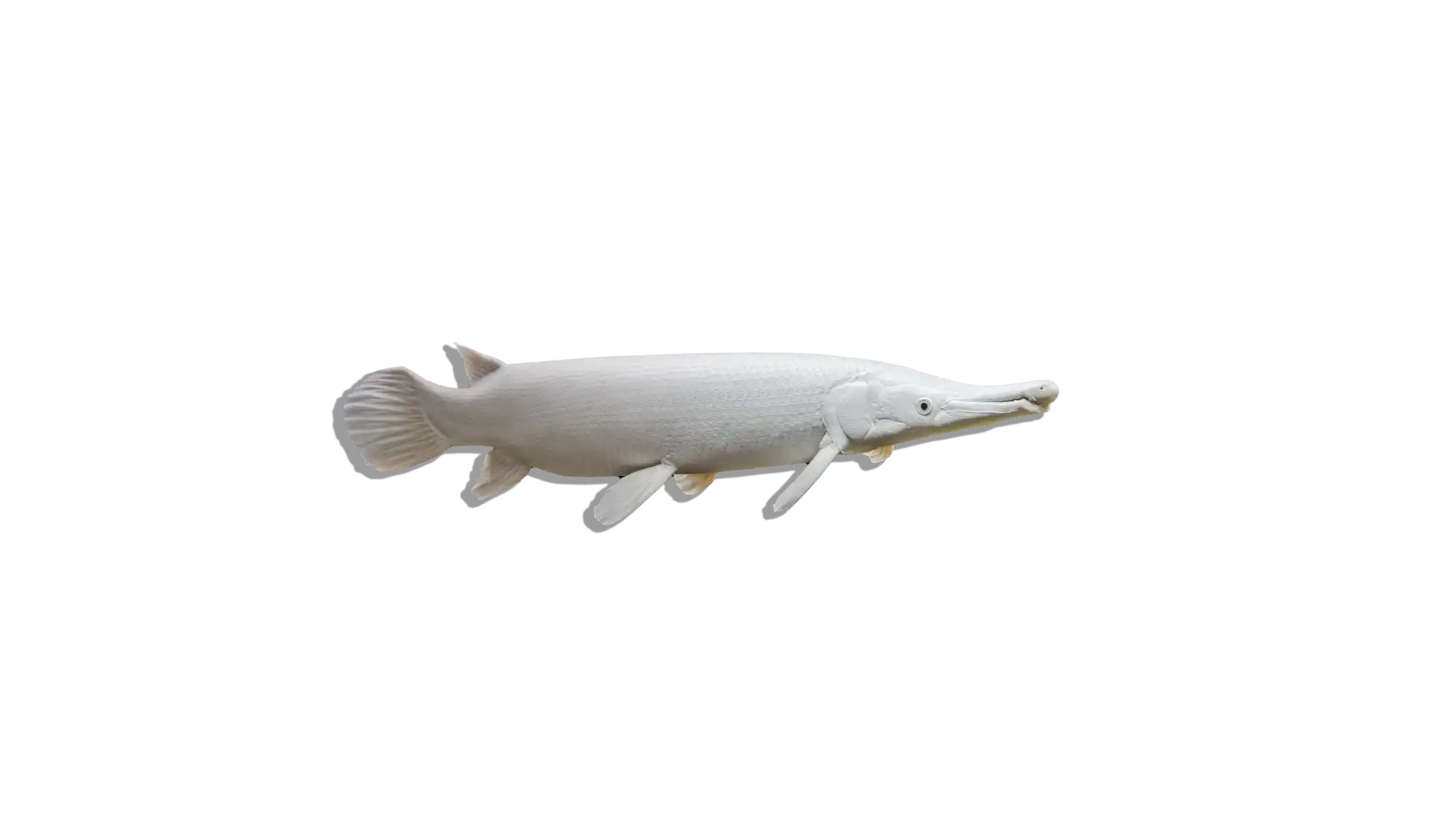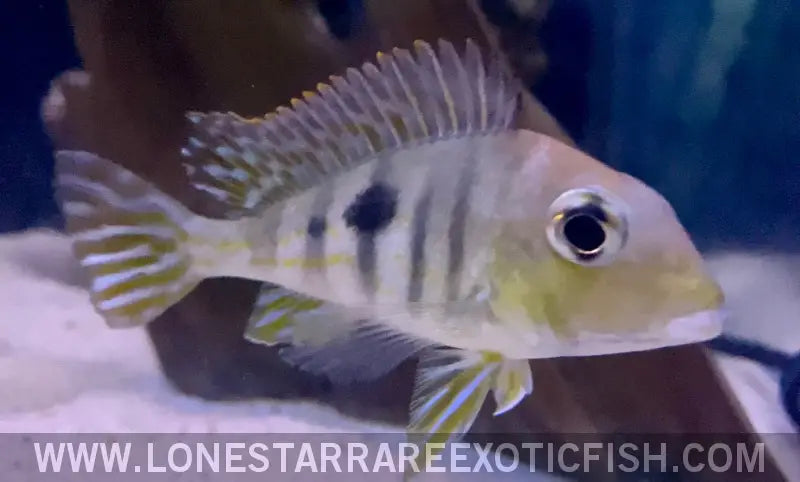Description
Common Name: Red Head Tapajos Geophagus Cichlid
Scientific Name: Geophagus sp. "Red Head Tapajos"
Other Names: Red Head Eartheater, Tapajos Red Head
The Red Head Tapajos Geophagus Cichlid is a stunning freshwater fish known for its vibrant red head and elegant, elongated body. This species is highly regarded for its striking coloration and peaceful demeanor, making it a popular choice among aquarists.
Habitat and Distribution:
The Red Head Tapajos Geophagus Cichlid is native to the Tapajos River Basin in Brazil, part of the Amazon River system. These fish inhabit slow-moving rivers, streams, and floodplains with sandy or muddy substrates. The natural habitat provides plenty of hiding spots and feeding grounds, where they sift through the substrate in search of food.
Size and Lifespan:
In both the wild and captivity, Red Head Tapajos Geophagus Cichlids can grow up to 6-8 inches (15-20 cm) in length. With proper care, their lifespan can range from 10 to 15 years, depending on the quality of their diet and water conditions.
Diet and Behavior:
Red Head Tapajos Geophagus Cichlids are omnivorous, feeding on a mix of plant matter, detritus, and small invertebrates in their natural habitat. In an aquarium, their diet should include high-quality cichlid pellets, live or frozen foods such as brine shrimp, bloodworms, and fresh vegetables like peas and spinach. These cichlids are known for their peaceful and social behavior, often forming groups and sifting through the substrate to find food. They are best kept in groups of at least five to encourage natural behavior and reduce stress.
Breeding and Reproduction:
Breeding Red Head Tapajos Geophagus Cichlids in captivity is possible and can be rewarding. They are substrate spawners, with the female laying eggs on a flat surface such as a rock or piece of driftwood. Both parents guard the eggs and fry, showing strong parental care. To encourage breeding, provide a spacious tank with plenty of hiding spots and flat surfaces for spawning, maintain optimal water conditions with regular water changes, and feed a varied diet to enhance their health and breeding readiness.
Aquarium Care and Tank Requirements:
Due to their size and social nature, Red Head Tapajos Geophagus Cichlids require a medium to large aquarium, with a minimum of 55-75 gallons recommended for a group of adults. The tank should have a soft, sandy substrate to allow them to exhibit their natural sifting behavior. Include plenty of rocks, driftwood, and plants to mimic their natural habitat and reduce stress. Efficient filtration and regular water changes are essential to maintaining water quality. The water temperature should be kept between 75-82°F (24-28°C), with a pH of 6.0-7.5 and soft to moderately hard water.
Ideal Tank Mates:
Red Head Tapajos Geophagus Cichlids are peaceful and can be kept with other non-aggressive fish that share similar water parameter requirements. Suitable tank mates include tetras, rasboras, peaceful cichlids, and other medium-sized community fish. Avoid housing them with aggressive or highly territorial species that may cause stress or injury.
Difficulty Level:
Intermediate. While Red Head Tapajos Geophagus Cichlids are hardy and adaptable, they require specific tank conditions and diet to thrive, making them suitable for aquarists with some experience. Their peaceful nature and striking appearance make them a great addition to community tanks.
Water Parameters:
- Temperature: 75-82°F (24-28°C)
- pH: 6.0-7.5
- General Hardness (GH): 4-12 dGH
- Carbonate Hardness (KH): 2-6 dKH
- Ammonia: 0 ppm (ideal)
- Nitrite: 0 ppm (ideal)
- Nitrate: <20 ppm (ideal)
Additional Information:
- The Red Head Tapajos Geophagus Cichlid’s vibrant red head and peaceful demeanor make it a standout addition to any community aquarium.
- They are known for their unique sifting behavior, often seen digging through the substrate in search of food, which can help keep the tank clean.
- Fun fact: These cichlids show strong parental care, with both parents actively guarding and tending to the eggs and fry, making them fascinating to observe during the breeding process.

